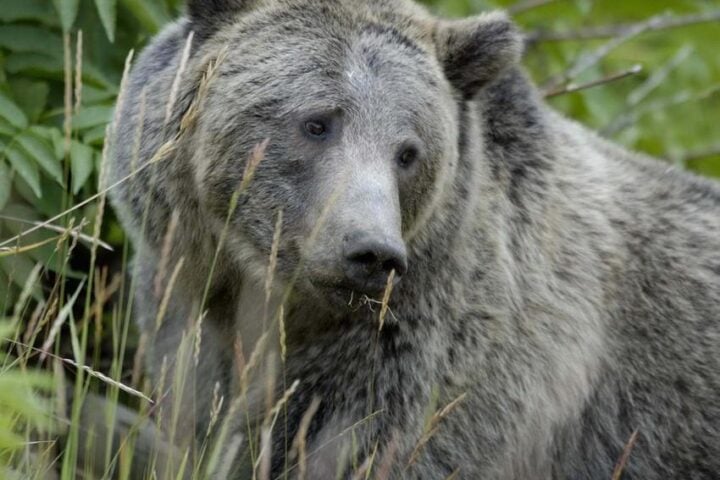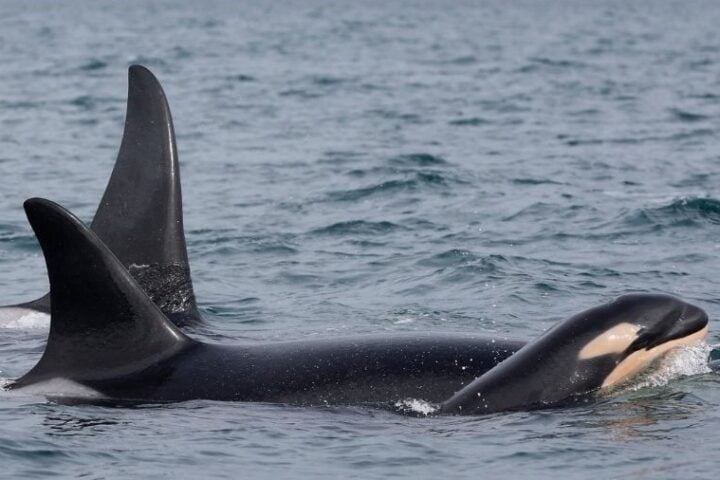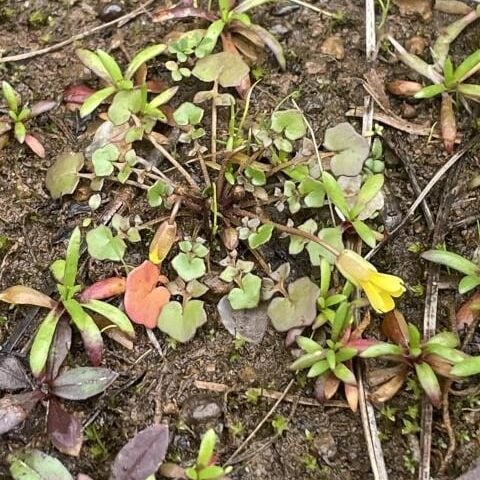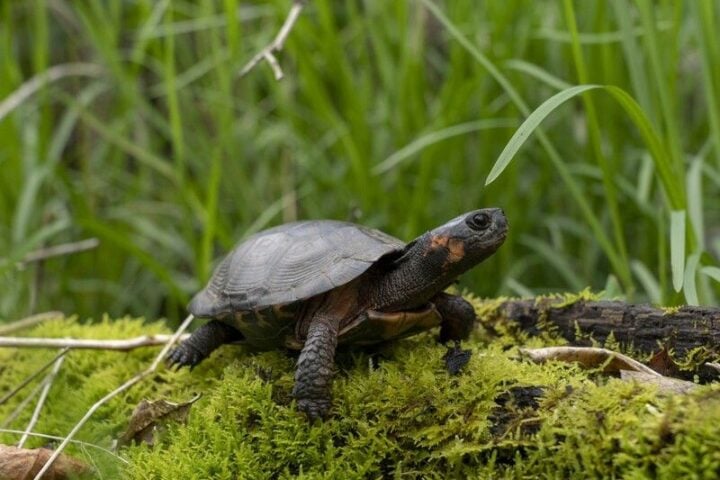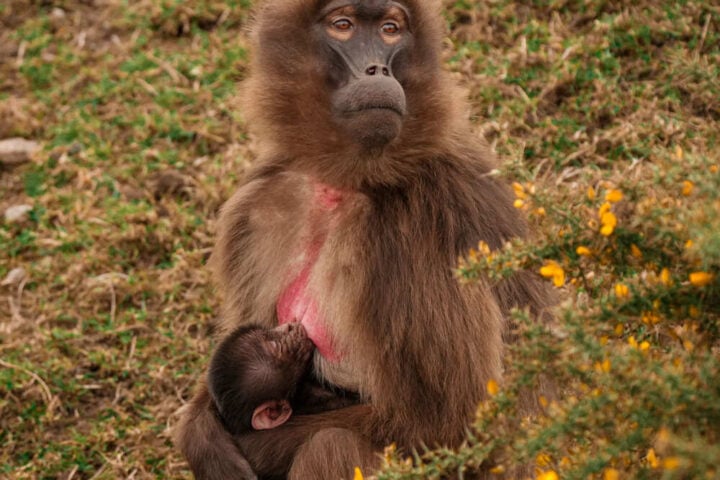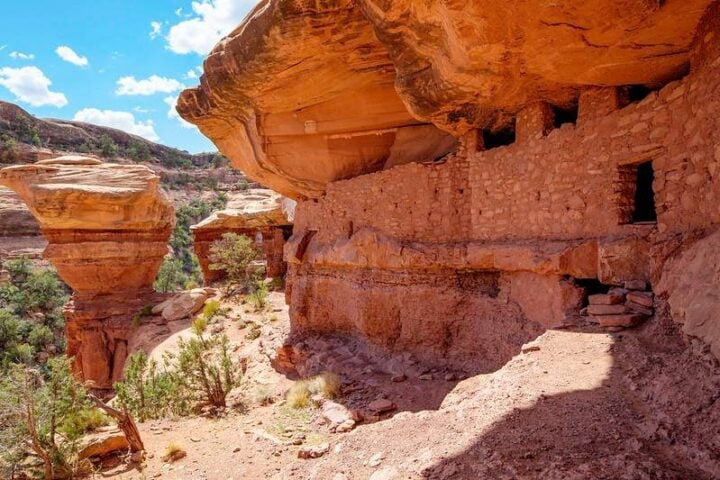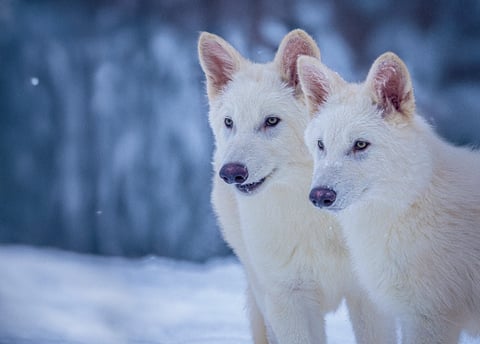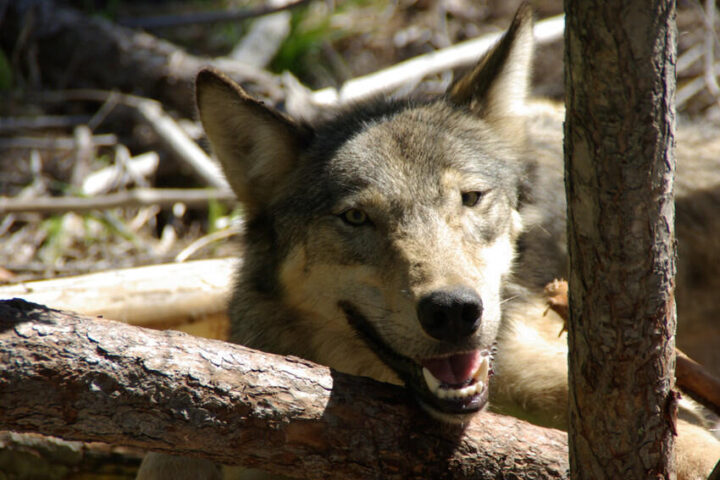The U.S. Fish and Wildlife Service has proposed protecting the Big Red Sage, a towering Texas wildflower, under the Endangered Species Act. This rare plant, which can reach heights of five feet and produces striking crimson-purple blooms, now exists in just seven locations across Texas’s Edwards Plateau.
“I hope this prevents the looming extinction of the big red sage, which would be like losing the giant, flamboyant botanical soul of Texas,” says Michael Robinson, a senior conservation advocate at the Center for Biological Diversity. The organization’s legal action helped push for this protection, which has been pending since 1975.
As of 2016, only 654 individual plants remained across eight populations. The decline stems from several factors: overgrazing by white-tailed deer, urban development, and climate-related challenges like heatwaves and floods.
Amy Lueders, Southwest Regional Director for the Fish and Wildlife Service, emphasizes the urgency: “Big red sage is currently on the verge of extinction, and our goal is for it to remain a part of the living natural heritage of Texas and the nation.”
The plant’s story includes a remarkable comeback. Scientists thought it extinct until its rediscovery in the 1980s. Today, it faces new challenges. While it thrives in gardens, wild populations struggle with low genetic diversity, though they maintain unique genetic traits absent in cultivated plants.
Black-chinned hummingbirds play a crucial role in the plant’s survival, serving as its primary pollinators. Each plant can live up to ten years, producing lemon-scented foliage alongside its distinctive flowers.
Similar Posts
Conservation efforts involve multiple organizations. The new protection would make collecting wild specimens illegal. The Fish and Wildlife Service has opted against designating critical habitat, citing concerns about illegal collection risks.
The public can submit comments on this proposal until March 24, 2025. This decision marks a significant shift in protecting Texas’s natural heritage, particularly for a species that has waited nearly 50 years for federal protection.
For those monitoring climate change impacts on native species, the Big Red Sage offers a clear example of how extreme weather events affect vulnerable plants. The combination of flash floods, bank erosion, and increased moisture loss poses ongoing challenges to its survival.
Looking ahead, the success of these protection efforts could determine whether future generations will see these remarkable flowers growing wild along the limestone-rich waterways of central Texas.
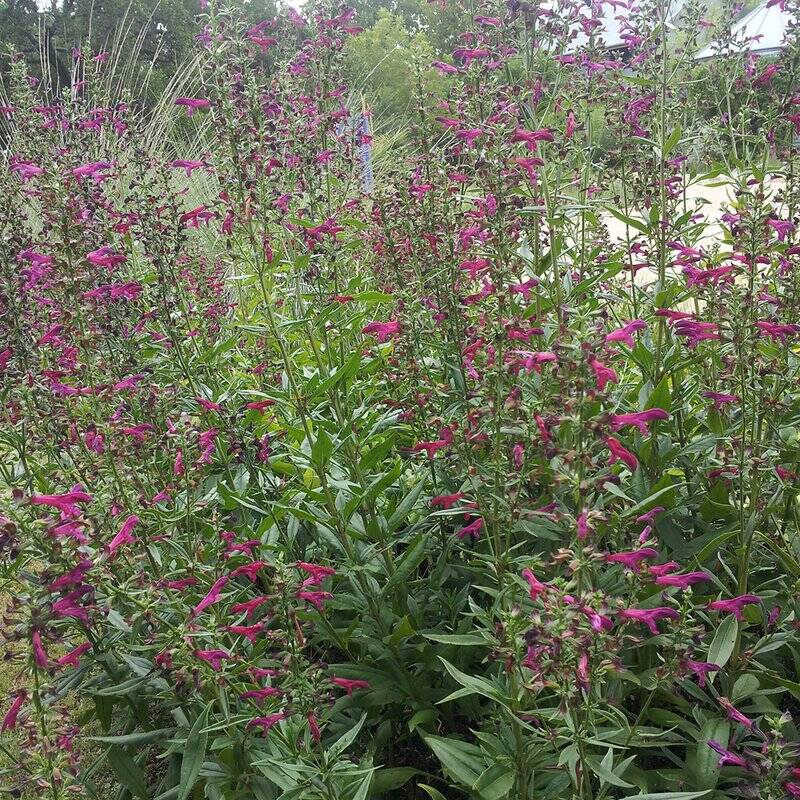
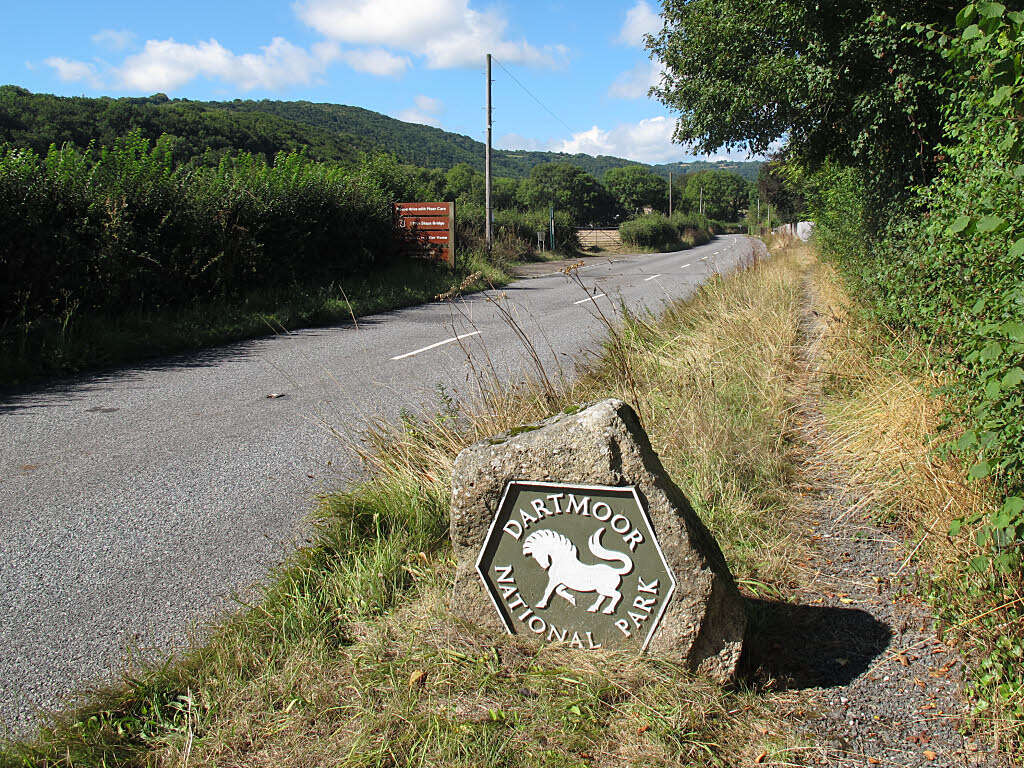

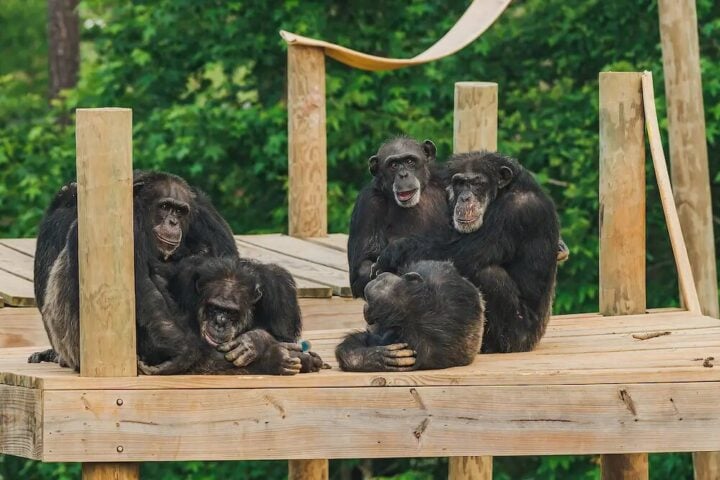

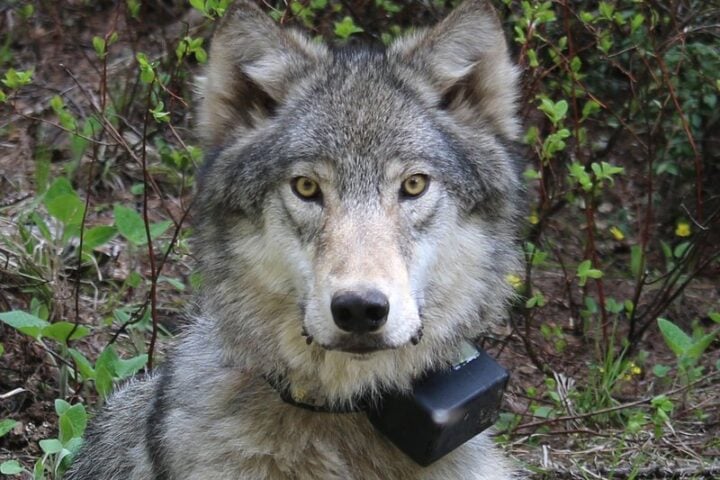
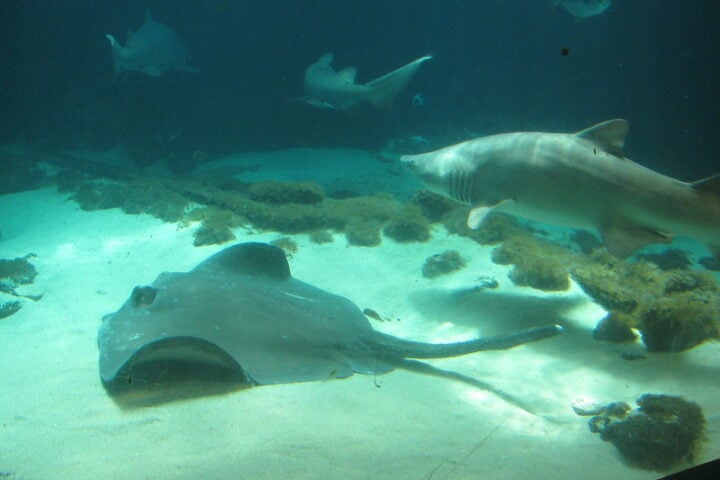
![Representative Image: European Starling [49/366]. Photo Source: Tim Sackton (CC BY-SA 2.0)](https://www.karmactive.com/wp-content/uploads/2025/04/Starlings-Drop-82-in-UK-Gardens-as-Birdwatch-2025-Reveals-Record-Low-Count-Since-1979-720x480.jpg)
